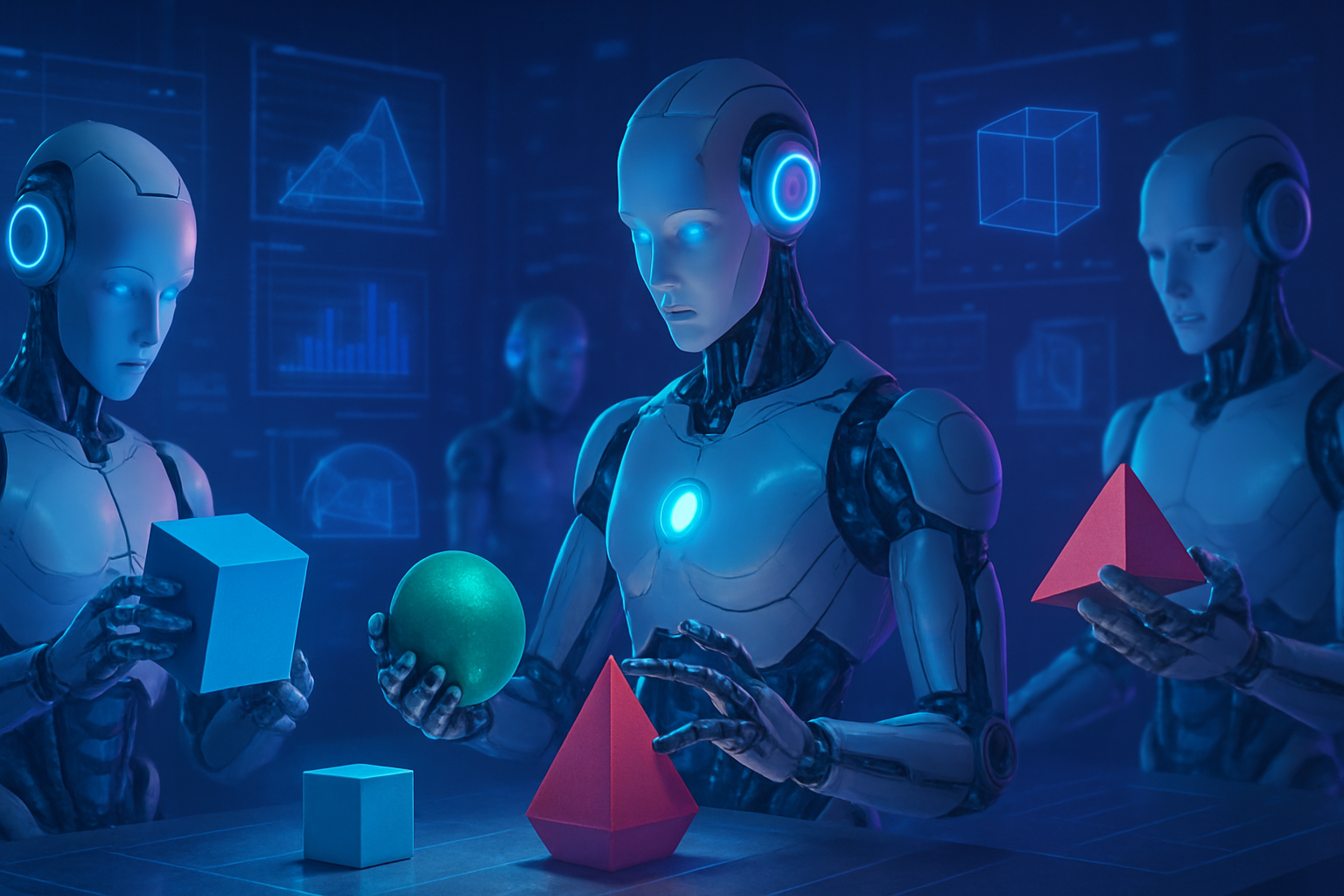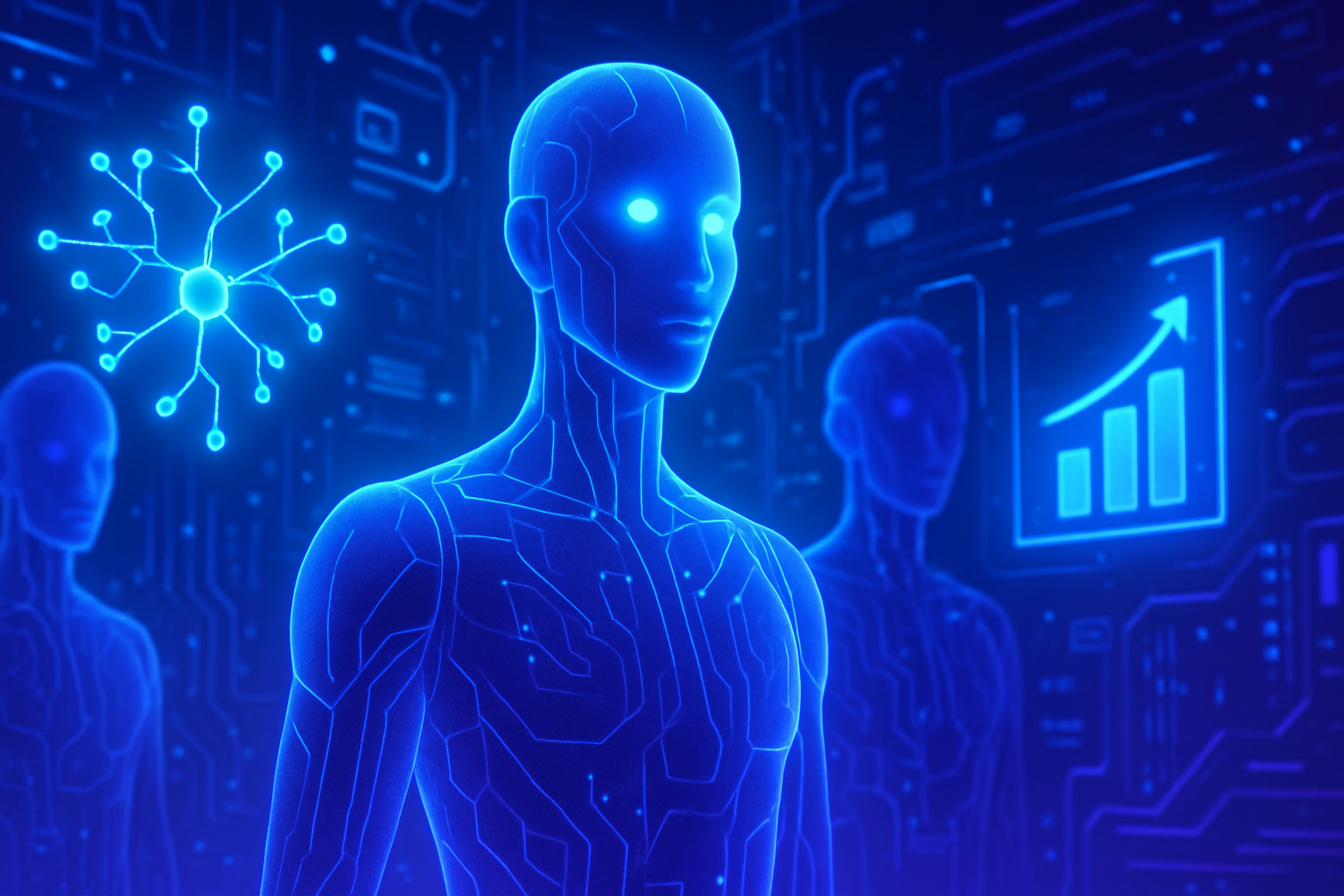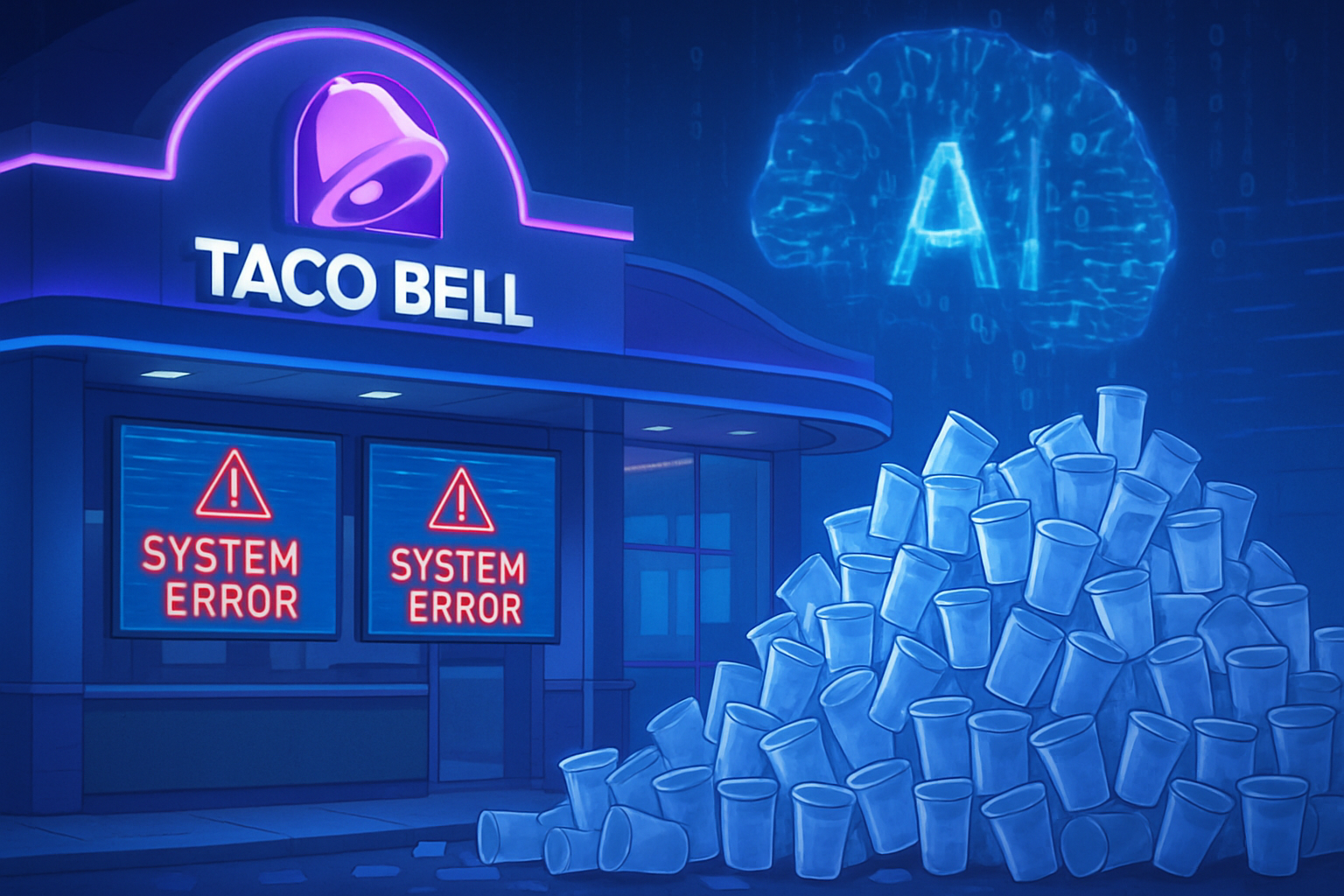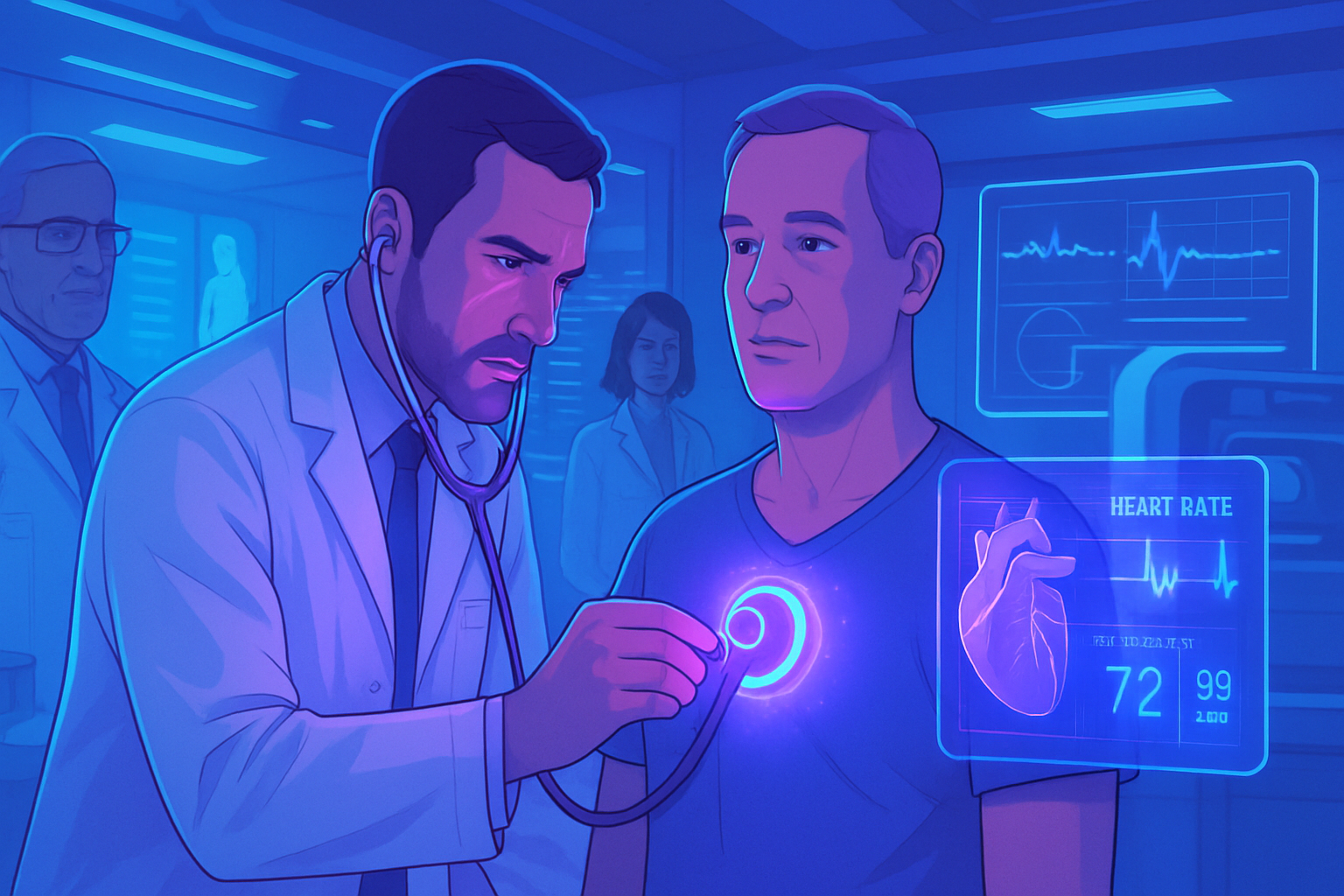The interaction between humans and robots is experiencing an impressive revolution thanks to the emergence of innovative systems. This technical advancement allows robots to identify the properties of an object through manipulation, offering unprecedented prospects in robotic capabilities. Unlike classical methods, this system, centered on the use of internal sensors, proves to be both more accurate and economical.
The stakes are considerable: optimizing manipulation robotics in complex and inaccurate environments while reducing reliance on external measurement tools. These innovations also promote the development of applications in situations where vision is compromised. For researchers and engineers, the task is to refine this algorithm so that it can, without external assistance, detect the nature of materials, mass, and even flexibility of the manipulated objects.
In this way, robots do not merely perform tasks, but they
actively learn from their environment, thereby redefining the future of intelligent robotics.
Object Property Identification System through Manipulation
Researchers from MIT, Amazon Robotics, and the University of British Columbia have designed an innovative method that allows robots to identify the properties of objects based solely on internal sensors. This technique enables the evaluation of various attributes, such as the weight or softness of an object, through direct manipulation by the robot.
Use of Proprioceptive Signals
The system exploits proprioception, the capability of a robot to perceive its position and movements in space. For example, a human can feel the weight of a dumbbell just by lifting it. Robots, thanks to joint encoders, are capable of “feeling” the heaviness of an object when they lift it, thereby gathering crucial data for analysis.
Differentiable Simulation
The core of this process relies on a differentiable simulation that models both the robot and the object. This simulation enables the quick identification of an object’s characteristics as the robot interacts with it. Researchers built their model using the NVIDIA Warp library, an open-source development tool that facilitates differentiable simulations.
Advantages of the Method
The main advantage of this approach lies in its reduced cost. No external measurement tools or cameras are required. On the contrary, the robot uses only its internal sensors to estimate the properties of the object in question, thus making the technology particularly suitable for dark or rugged environments.
Comparative Performance
The performance of this method is found to be comparable to that of more complex and costly techniques that integrate computer vision. The efficiency of the analyses is such that it remains robust in the face of a multitude of unknown scenarios. The results indicate that robots can accurately estimate characteristics like mass or softness of an object in a matter of seconds.
Diversification of Applications
The potential application field of this technology is vast. In theory, it could also determine other properties such as the moment of inertia or the viscosity of a fluid in a container. Researchers plan to extend their work to more complex robotic systems, including soft robots or difficult objects like moving liquids.
Collaboration and Future Perspectives
Peter Yichen Chen, the lead researcher of the study, emphasizes the potential of this technique to enhance robot learning. The combination of this method with computer vision approaches could generate an even more powerful multimodal detection system. This ambition illustrates the rapid evolution of robotic capabilities, marking a turning point in their integration into our daily lives.
Impact and Recognition of the Research
This advancement represents a significant step in the field of robotics, particularly in understanding the physical properties of objects from internal data. Miles Macklin, senior director of simulation technology at NVIDIA, praised this research, noting that this improvement represents a new breath of fresh air for the industry. It is undeniable that this type of innovation could transform how robots interact with their environment.
Access to the Study
The details of this research can be found in the document available on the preprint server arXiv. The results promise to extend the field of investigation in robotic manipulation by allowing machines to learn autonomously.
Frequently Asked Questions about the Robotic Object Property Identification System
How can robots determine the properties of an object without using cameras?
Robots use internal sensors, such as joint encoders, to gather information about the manipulation of an object. Thus, by evaluating the physical reaction of the object during interaction, they can infer characteristics such as mass and flexibility.
What properties of objects can be identified by this system?
The system can identify several properties, including mass, support, moment of inertia, and even the viscosities of fluids inside containers, all without needing external sensors.
Is it necessary to calibrate the robot for each new object?
No, the system is designed to be data-efficient and can identify properties of unseen objects based on internal models, without requiring extensive calibration each time.
What types of robots are compatible with this object identification system?
This system can be integrated into a variety of robotics, from industrial robots to mobile robots, using any robot equipped with joint encoders that enable motion capture.
What is the importance of differentiable simulation in the property identification process?
Differentiable simulation allows predicting how slight variations in an object’s properties affect physical outcomes, thus improving the accuracy of identifying an object’s characteristics.
In what situations is this technology most useful?
This technology is particularly useful in environments where visibility is limited, such as in dark basements or during debris removal after a natural disaster, where other identification methods would be less effective.
What is the potential future of this technology in the field of robotics?
Researchers envision using this technique to enhance robot learning, enabling them to rapidly develop new manipulation skills and adapt to changing environments.






